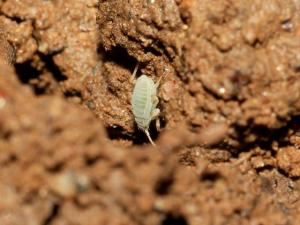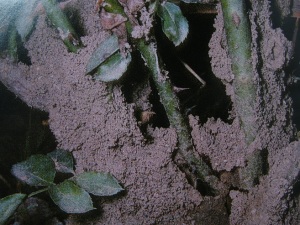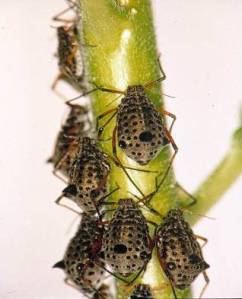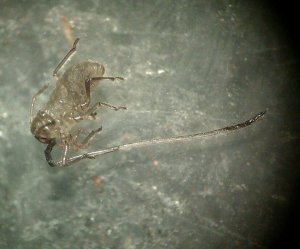It is now thirteen months since I tweeted my first tweet and almost a year since my blog went public. It is thus an opportune moment I feel to assess how this first year has gone and to see if I can convert other oldies and not so oldies to make that leap into the world of public social media. For many years I had held the whole concept of social media in contempt – Facebook and Twitter for me, represented the very epitome of mindless gossip and tabloid extremism. I saw them as entirely the domain of the chattering classes and the idle young. Perhaps an extreme view, since some of my children, a number of my colleagues, my wife and even my mother-in-law were on Facebook. Still, as someone who did not get a mobile phone until March this year (and only because of the fact that during the week, I live alone, and my wife feels that it is a sensible thing to have in case of emergency), I guess I was just living up the image of the techno-refusenik.
That said, I have always felt that the job of a scientist is to communicate and having always had a desire to teach and pass on my enthusiasm for entomology to others, I have not been remiss in coming forward. I did actually have a fling with public engagement way back in 1981 when I worked in Finland and developed their early warning system for cereal aphids. My research actually appeared in the Finnish national farmer’s magazine almost simultaneously with my official scientific publication.
My subsequent career as first a forest entomologist with the Forestry Commission and then as a university teacher at Imperial College, was pretty much that of the typical academic, with the occasional appearance on the radio and the rare television interview, plus the odd reference to my work in the national or local newspapers.
Mainly however, I was, until about the turn of the century just communicating with my peers i.e. publishing scientific papers and facilitating communication between other entomologists; I seem to have spent the last twenty years or so editing journals, first cutting my teeth on the Royal Entomological Society’s house journal Antenna, and then moving on to Ecological Entomology and for the last seven years as Editor-in-Chief of Insect Conservation & Diversity. So there I was facilitating the dissemination of entomological knowledge around the world and busy doing my own entomological research and training future entomologists by running the only entomology degree in the UK and also of course supervising lots of PhD students. All very commendable indeed, but perhaps a bit limited in scope…
Round about the turn of the century I started to get really fed up with the ignorance shown about entomology and the bias towards vertebrates by funding bodies and journals. I started going into schools and giving talks to the public whenever possible trying to draw people’s attention to the importance of insects..
And getting more and more provocative..
And getting more and more irritated and desperate in print..
It was obvious that there was a problem; the misconception that the public tend to have in that all insects are either pests or things that sting or bite them and need to be stamped on (Leather & Quicke, 2009: http://www.harper-adams.ac.uk/staff/profile/files/uploaded/Leather_&_Quicke_2009_JBE.pdf ). Some of the entomological misconceptions were amusing but being entomologically pedantic still wrong..
others which were annoying but perhaps excusable..
and some which were just plain inexcusable..
The problem has been neatly summed up by others too..
One of my PhD students, Fran Sconce, whom I have known since she was an undergraduate…
had for some time been extolling the virtues of social media as a means of scientific communication,
finally convinced me that it was time to make a leap and to move into a different environment.
and thus was born @Entoprof
and Don’t Forget the Roundabouts
So like a fellow ex-Silwoodian, Natalie Cooper who recently reported on her first year as a blogger/tweeter http://www.ecoevoblog.com/2013/10/29/to-tweet-or-not-to-tweet-that-is-the-question/ I too feel the need to assess how this first year has gone.
Well, first I found that there were lots of old friends out there, and even my old school started following me….
A ton of ex-students, not all of whom are entomologists…
Increased opportunities for outreach and meeting people I didn’t even know existed..
And making new professional links….
And incidentally as an Editor I have found new people to ask to act as reviewers and I’ve had great fun continuing my fight against institutional vertebratism …
and got a great result which I am certain I wouldn’t have got without Twitter..
With my new friends I entered into public debate..
and got another result which again would not have happened without Twitter..
and found a new way to interact at conferences..
and been really inspired. I have thoroughly embraced the concept of social media and have now set up a Twitter account for the Entomology MSc http://www.harper-adams.ac.uk/postgraduate/201004/entomology I run..
and also a Blog for them to run http://aphidsrus.wordpress.com/
My latest venture with the aid of
is the A-Z of Entomology, the first letter of which you can view here if you want to learn about aphids http://www.youtube.com/watch?v=liBt59teaGQ
So yes it has been a great year and a heartfelt thank you to all my Tweeps and to all of you that follow my blog. I really have found this both useful and educational. It has been a great eye-opener. And of course a really big vote of thanks to Fran for finally convincing me that I should join the Twitterati.


































